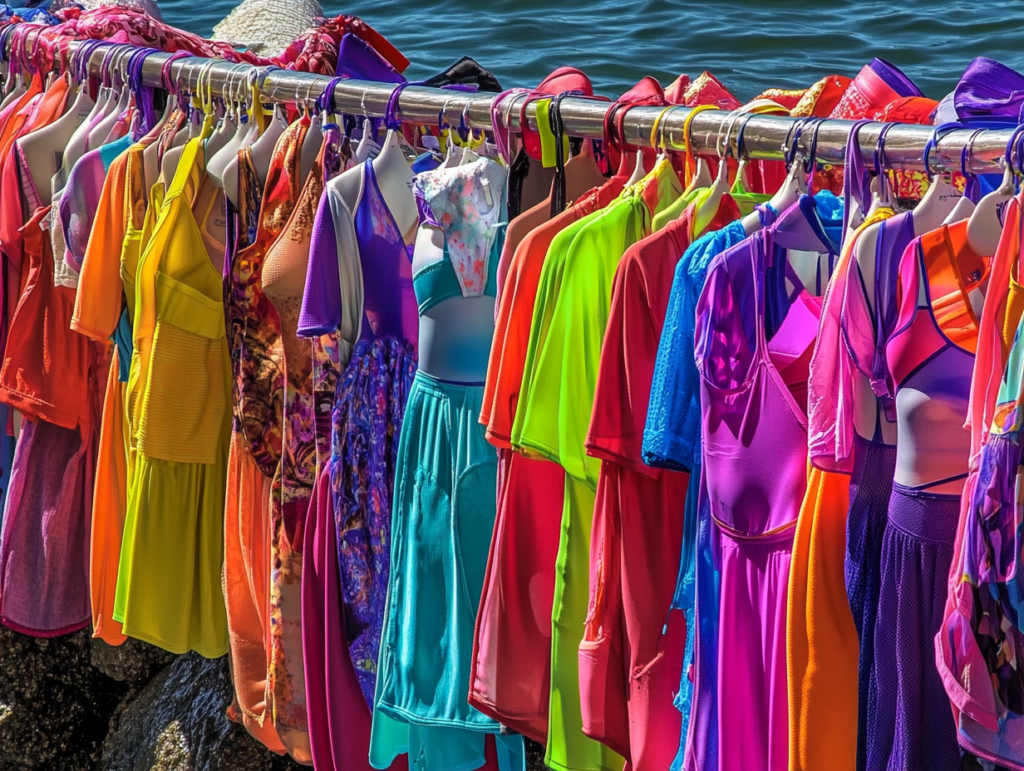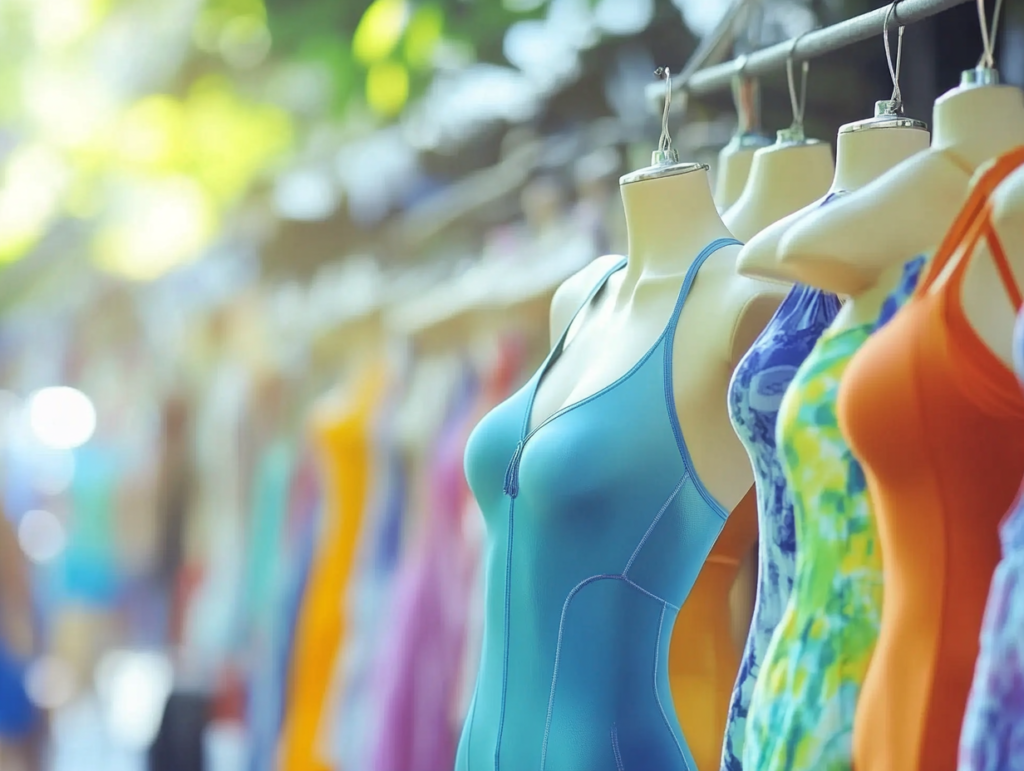Swimsuits in the fashion market follow the same rules and concepts as other fashion pieces. The most popular swimsuit category, i.e., fancy costumes we buy for the beach, differs from the specialized variety of swimwear created exclusively for sports. Knowing that bathing suits are just fashion, let’s analyze why some cost a pretty penny while purchasing others is a matter of a few dollars.

Before your beloved swimsuit gets to the store hanger or the magazine cover, it is produced in a factory. The equation is straightforward: cheap swimwear translates to low wages for workers and poor working conditions. However, the country of production also influences the price. So, a swimsuit made in Vietnam is typically less expensive than one made in the US, but this fact alone isn’t synonymous with the lower quality.

What about the fabric? Since swimwear typically has stretch, this already makes the textile price higher. Yet, both cheap and expensive swimsuits are stretchy, so why is there such a dramatic difference in cost at times? The point is that stretchy materials also differ between them. Those that are more affordable have a loose weave and are less dense, leading to a quicker wearout. They will also pill earlier, causing damage to your costume.

Swimming costumes are made of chlorine-proof fabrics, which are relatively hard to produce and cost more. These fabrics need to withstand the wear and tear of chemicals, salt water, and intense heat, which is a broader range of requirements than a random t-shirt would face. While swimsuits use less fabric than other pieces of clothing, this doesn’t make the production less affordable. Designing swimwear’s various technical aspects and processes is laborious, such as introducing more complex stitching and, when elastics and wires are involved, also tackling boning practices.

Swimwear from a respected designer or brand holds its shape for longer, and its life is well-planned. For instance, the designer makes sure it keeps the ability to support your body parts for years and the fabric is dense enough not to become see-through. Using higher-quality fabrics that undergo testing before being spilled all over the stores translates to more costly production. So, you pay more for a piece because you will most likely be able to use it longer.

More expensive garments wear out slower, are more solid, and have a more reliable feel. Also, the devil is in the details, right? Think beading, macramé, crochet, hand stitching, sequins, gold and silver accents. These details also need to be well-secured and not come off or rust after washing or swimming. These and other stunning bits make your swimwear stand out. The quality detail may not be so apparent at first sight, but there are other features you should look into.

Analyze hidden seams that help the fabric lay flat against the body, giving it a more polished look. If the fabric doesn’t pull, pinch, or bunch, it means there were long weeks of tackling the construction behind the scenes. That’s not to say that everything in the bathing suit department is justifiable, and marketing doesn’t play an evil role.

Shaping consumer perceptions is just as crucial in swimwear as in the other clothing sectors, so brands should establish a strong identity, invest in a marketing campaign, and create a UVP to skyrocket their prices, often independently of the quality of the textile and production processes.